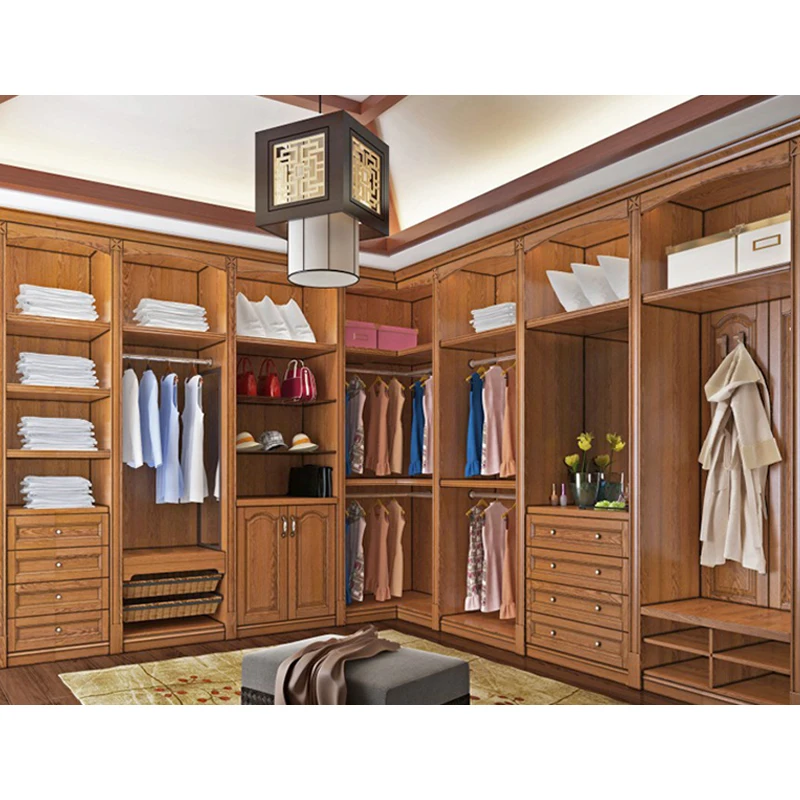Wooden kitchen design: timeless elegance for your home.
Wood kitchen design has long been a symbol of timeless beauty and functionality. As one of the most frequented spaces in any home, the kitchen serves as a hub for cooking, eating and socializing. Therefore, it is important to create a space that not only fulfills practical needs but also exudes warmth and style. In recent years, there has been a resurgence of interest in wooden kitchens thanks to their natural beauty and versatility.
Advantages of wooden kitchen design
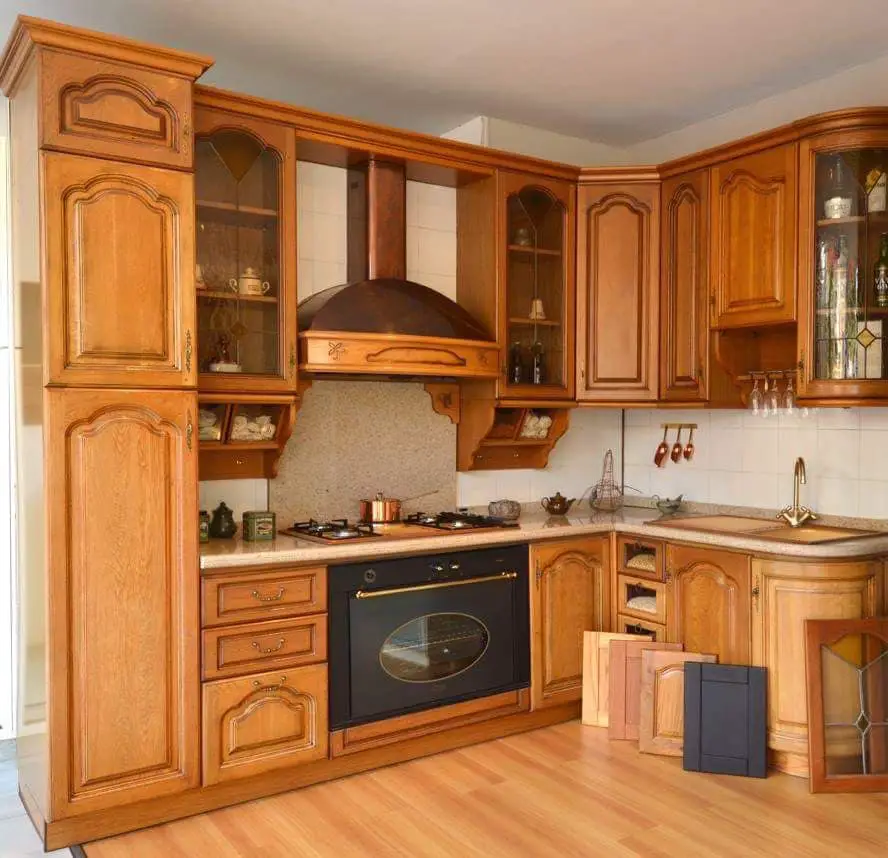
When it comes to kitchen design, wood offers numerous advantages that make it a preferred choice for homeowners and designers. One of the main advantages of wooden kitchens is their durability and longevity. Unlike many other materials, wood ages beautifully, developing a rich patina over time that adds character to a space. Additionally, wood is known for its timeless aesthetic appeal, complementing a wide range of interior styles, from rustic farmhouse to contemporary chic.
Types of Wood for Kitchen Design
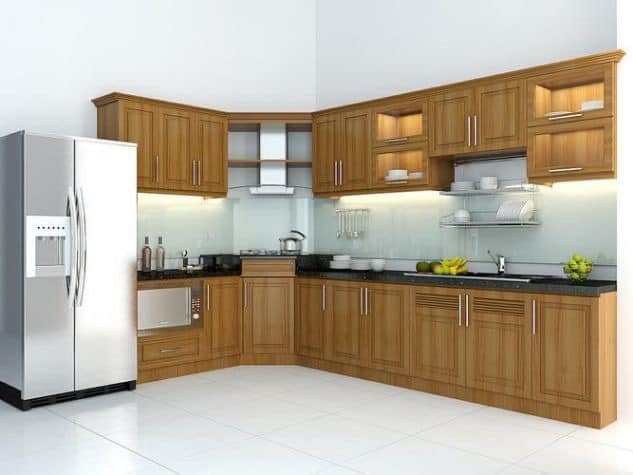
When choosing wood for your kitchen, it’s important to consider both the type of wood and its specific properties. Hardwoods such as oak, maple and cherry are prized for their durability and strength, making them ideal for cabinet construction. On the other hand, softwoods like pine and cedar offer a more rustic charm and are often used for accents and trim. Popular choices for kitchen cabinets and countertops include walnut, mahogany and teak, each prized for its unique grain patterns and color variations.
Table of Contents
Design elements in wooden kitchens
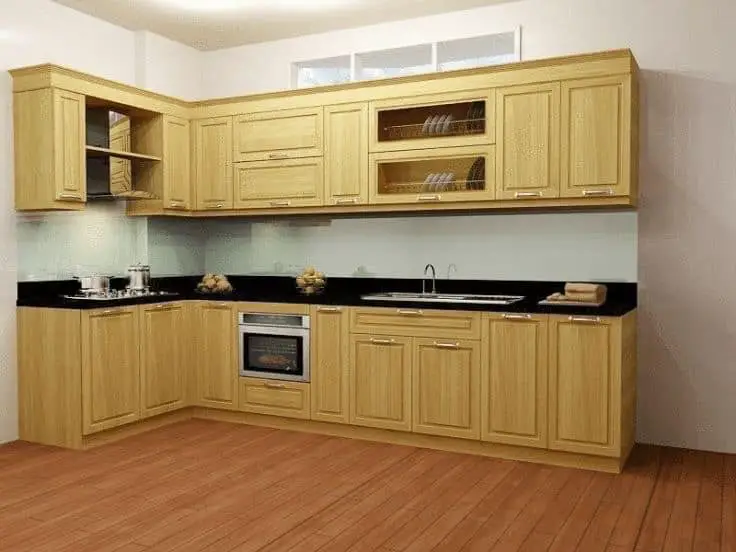
Designing a wood kitchen involves careful consideration of various elements, including cabinet styles, countertop materials, flooring options and decorative accents. Cabinet styles range from traditional raised panel designs to sleek, modern slab doors, with endless customization possibilities in terms of finish and hardware. Likewise, countertops can be crafted from a variety of materials, including granite, marble, and quartz, or opt for the warmth and natural beauty of wood.
Factors to consider before choosing a wooden kitchen design
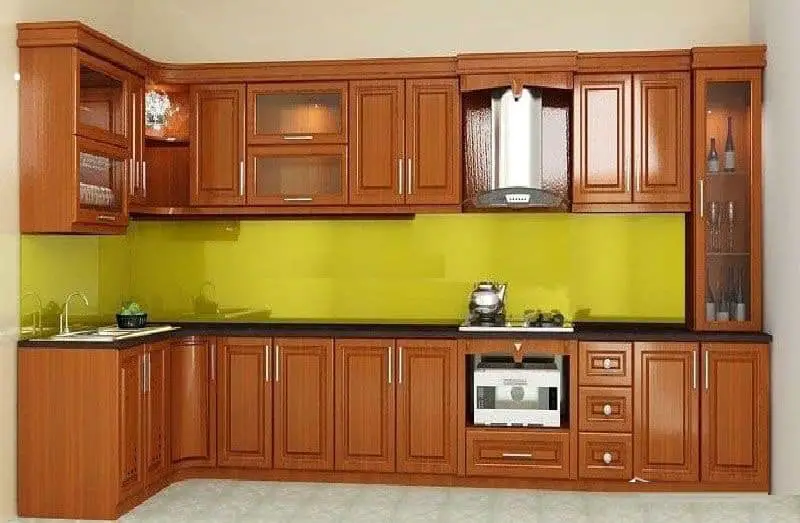
Before embarking on a wood kitchen design project, there are several factors to consider, including budget considerations, maintenance requirements and environmental impact. While wood is undoubtedly a durable and attractive choice for kitchen interiors, it requires regular maintenance to maintain its appearance and integrity. Additionally, it is important to source wood from sustainable forests and choose finishes that are environmentally friendly and low in volatile organic compounds (VOCs).
Tips for designing a wooden kitchen
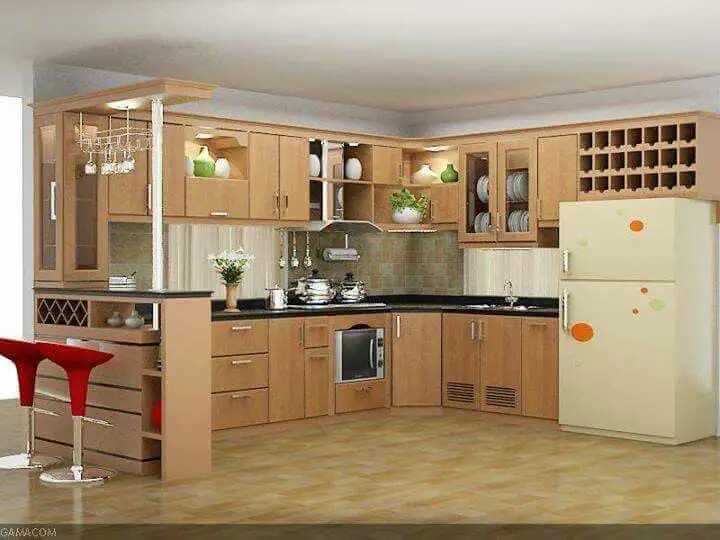
To ensure a successful wooden kitchen design, there are several tips to keep in mind. First and foremost, maximize natural light to enhance the warmth and beauty of wood surfaces. Consider adding large windows, skylights or glass doors to fill the space with sunlight. Additionally, focus on creating a functional layout that optimizes workflow and minimizes clutter. Incorporate modern appliances seamlessly into the design, choosing models with sleek, integrated finishes that blend harmoniously with surrounding cabinetry.
Case Studies: Inspirational Wooden Kitchen Designs
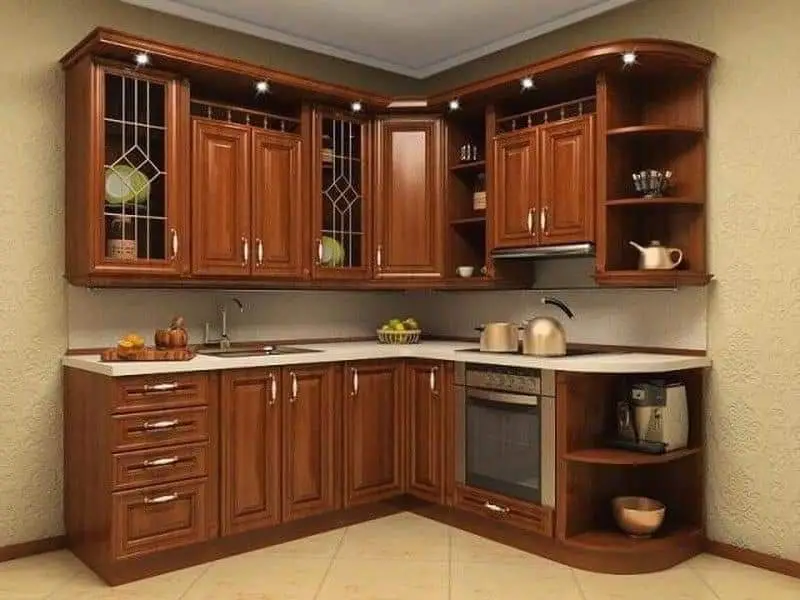
To provide inspiration for your own wooden kitchen design project, let’s take a look at some real-life examples of stunning wooden kitchens. From cozy country cottages to urban lofts, these kitchens showcase the versatility and timeless appeal of wood in interior design. By studying successful design strategies and innovative solutions, you can gain valuable insight into your kitchen renovation or remodeling.
Care and maintenance of wooden kitchens
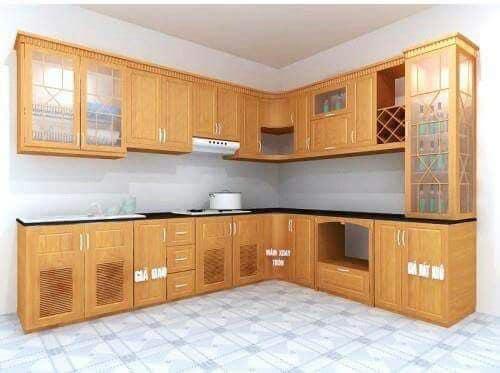
Proper maintenance is essential to ensure that your wood kitchen stays in top condition for years to come. Regular cleaning and maintenance is key to maintaining the beauty and integrity of wood surfaces. Avoid using harsh chemicals or abrasive cleaners, as these can damage the finish and expose the wood to moisture and stains. Instead, opt for gentle, natural cleaning solutions and be sure to clean spills immediately to prevent water damage.
Environmental sustainability of wooden kitchens
As concerns about environmental sustainability continue to grow, many homeowners are looking for eco-friendly options for their kitchen design projects. Fortunately, wood can be a sustainable choice when sourced responsibly from managed forests and certified suppliers. Look for wood products that have certifications such as the Forest Stewardship Council (FSC) or the Sustainable Forestry Initiative (SFI), which ensure that the wood is harvested in an environmentally responsible manner.
Cost considerations of wood kitchen design
While wood kitchens can be a significant investment, many homeowners view them as a long-term investment. In addition to their durability and timeless appeal, wooden kitchens can add value to your home and enhance its overall aesthetic appeal. When comparing costs with other materials, consider not only the initial purchase price but also factors such as maintenance and longevity. In many cases, the beauty and durability of wood far outweighs the high price.
Common misconceptions about wooden kitchens
Despite their many advantages, wooden kitchens are not without their drawbacks. Some homeowners may be concerned about the durability of wood in a kitchen environment or the maintenance requirements involved. However, with proper care and maintenance, wooden kitchens can last for decades and continue to look beautiful for years to come. By addressing common concerns and dispelling myths, you can feel confident choosing wood for your kitchen design project.
Future trends in wooden kitchen design
Looking ahead, the future of wood kitchen design is bright, with exciting innovations on the horizon. An emerging trend is the integration of smart technology into wooden kitchen cabinets and appliances, allowing for greater convenience and efficiency in the kitchen. Additionally, advances in wood treatment methods are making it possible to achieve unique finishes and textures that were previously unattainable. Whether you prefer a classic, traditional look or a sleek, modern aesthetic, wood kitchens offer endless possibilities for customization and personalization.
Result
Finally, wood kitchen design offers a timeless beauty and warmth unmatched by any other material. From classic hardwood cabinets to rustic farmhouse tables, wood adds natural beauty to any kitchen space. By carefully selecting the right wood species, finishes and design elements, you can create a kitchen that is functional and stylish to suit your unique taste and lifestyle.
Frequently Asked Questions About Wood Kitchen Design
What makes wood kitchens a popular choice among homeowners?
Wooden kitchens are prized for their durability, timeless appeal and versatility in design options, making them a popular choice for homeowners seeking both style and functionality.
Are there any drawbacks to using wood in kitchen design?
Although wood is durable and attractive, it requires regular maintenance to keep it looking its best. Additionally, wood can be prone to scratches, dents and moisture damage if not properly cared for.
How can I ensure that my wooden kitchen remains in excellent condition over the years?
To maintain the beauty and integrity of your wood kitchen, be sure to clean up spills promptly, avoid using harsh chemicals or abrasive cleaners, and periodically reapply protective finishes as needed.
Is wooden kitchen design suitable for modern, minimalist interiors?
Of course! Wood can be incorporated into modern kitchen design in a variety of ways, from sleek, smooth cabinets to minimalist floating shelves, adding warmth and texture to contemporary spaces.
Are there eco-friendly options available for those concerned about sustainability?
Yes, many wood products are now available that carry certifications such as the Forest Stewardship Council (FSC) or the Sustainable Forestry Initiative (SFI), ensuring that the wood is harvested in an environmentally responsible manner. To be cultivated.

